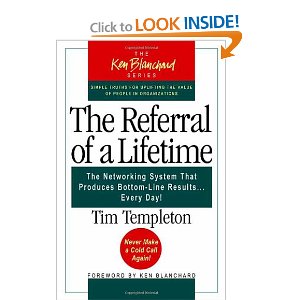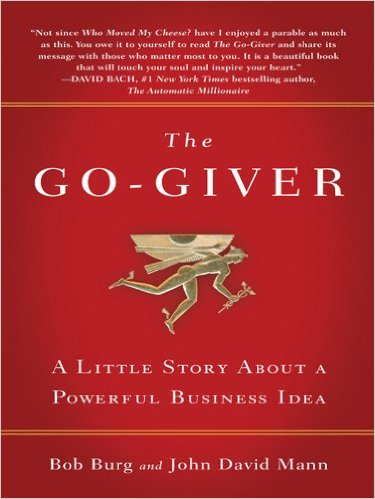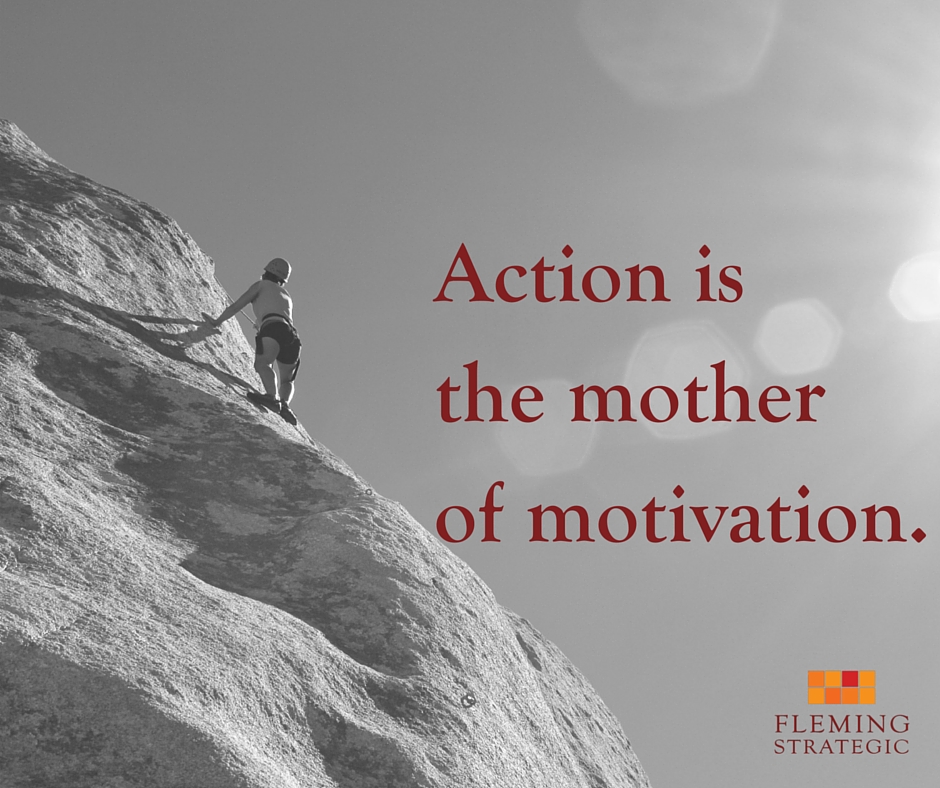Last fall, I hired Summit Pools to close my pool for the season. My contact Pete (I didn’t know it at the time, but he’s also the owner) was terrific: he set the appointment, let me know exactly what to expect, told me what the cost would be and what could change that cost, and explained the benefit of the service. He called me the day before our appointment to confirm the time, and he showed up right on time—after sending a text to let me know he was on the way. It was a great experience, and I just plain liked Pete.
Fast forward to March, when I was eager to make arrangements to get the pool open. I couldn’t remember the name of the company I’d liked so much in the fall, and I hadn’t put it in my Home Maintenance Evernote file. I went through emails and my calendar without success. Because I remembered something about a P, I looked at companies with names like Pinnacle, Premier, Popular, and the like, and I hired one of those companies since I couldn’t find the original.
And the service was ok. No reminder call, but a quick response when I called to confirm. The work wasn’t done perfectly, but it was adequate. I didn’t think much of it and probably would have continued with the new company, except that I had a few issues with the pool and wasn’t getting the kind of response I wanted. I eventually went through my checkbook register to find Summit again, and I got the same fast, capable, friendly service. This time, I put Summit (and Pete) in my phone and in my Evernote database.
Do I hear a great big SO WHAT?
What does this have to do with law?
If you do large, complex matters, chances are reasonably good that your clients know exactly who you are and how to find you if they want to hire you again or send a potential client your way. However, if your matters tend to be of relatively short duration, with limited direct contact, or somewhat routine, you could be missing out on repeat business and referrals if you don’t proactively stay in touch. Even if you’re confident that your clients will know how to find you to rehire you or refer work to you, staying in touch will keep you top-of-mind and continue the relationship so they’ll think of you first.
Consider these steps:
- Send reminders if the work you do should be reviewed and updated periodically (estate work and some contracts, for example). An email or postcard will suffice. Schedule these reminders as soon as you complete the matter.
- Send follow-up resources. Perhaps there’s a logical next step for your client. Establishing a new company could lead to later needs like contract review, intellectual property protection, or a buy/sale agreement, among many others. Provide appropriate resources at an appropriate interval. This too should be scheduled as soon as you complete your work for the client.
- Keep in touch. Sometimes you don’t need a specific reason for a contact. Depending on the representation and your relationship, it may be quite appropriate to send an email or call to touch base. You might inquire how things have been going since the matter ended. But here’s the key point: you must be genuinely interested, not just trolling for new work. Where appropriate, an electronic or hardcopy newsletter offers an opportunity to stay in touch without taking the time to make every contact individually.
Here’s the bottom line: don’t put the onus of finding you or updating the work you’ve done solely on your client. Friendly and useful ongoing contact is a benefit for your client and potentially a path to new work for you.





